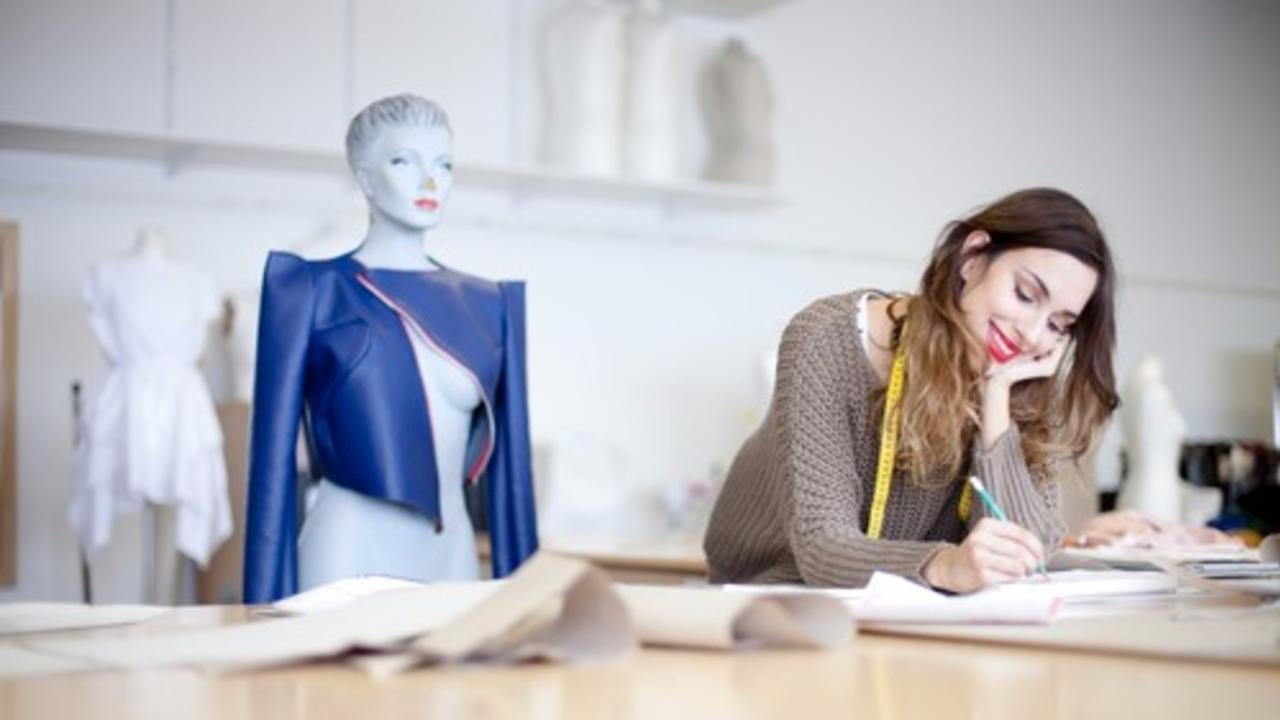What Is A Fashion Designer, And What Do They Actually Do?

Fashion designers create all the clothing and accessories in the world purchased every year by consumers. Fashion designers study fashion trends, design all the clothing and accessories, pattern cut, select colours and fabrics, make up or oversee the final production of their designs.
Fashion designers work extremely hard and need to be good at working with teams of people. As a young designer into the industry you will often work in a supporting role to the head designers as you learn the basics of the industry and become accustom to your trade.
This design process from design concept to final production takes many months.
As a young designer you will need to learn how researching current fashion trends and make predictions of future trends. Sometimes you will need to do your own research while other times you will learn how to use trend reports published by fashion industry trade groups. Trend reports let you know what styles, colours and fabrics will be popular for a certain season in the near future.
As a fashion designer you will take part in all aspects of bringing fashion to the public. Your work will involve using storyboards/mood boards, along with sketches.
Fashion designers take a vision and put it into a visual expression for others to see. This first draft of any fashion design is worked on as the designer develops the first basic prototype.
The fashion designer's next step is to use their rough designs, and develop a more specific drawing known as a flat or working drawing. A rough model of the design is then made by creating a toile. A toile is made by sewing inexpensive material (usually a light calico) to make a rough model of the design.
A fashion designer will need to know how to use a Tailor’s dummy. Any design is then pinned and placed on this mannequin-like dress stand, so that the designer can see how the design will drape or hang on a human form.
A fashion design is required to have a sound knowledge of sewing to be able to put their designs together to show their finished ideas in the real.
Many design companies and certainly bigger brands employ their own pattern-makers, and seamstresses, who do the tasks of creating the master patterns and sew the prototypes.
As a young fashion design, you are usually required to do most of the technical pattern-making and sewing tasks yourself, in addition to fashion designing.
As a fashion designer in your own right, you will normally have full control of your own fashion show, choosing models, music and determining the price of each garment, and arranging how the garments will be presented. However, most designers work for a brand and as such all of this will be done by the brand itself, and although you may be asked to assist with the many small details, overall you will not be given much involvement in this process.
Fashion designers are expected to have good drawing skill, but also Computer-aided design (CAD) is being used more and more in the fashion design industry. So, although most designers initially sketch designs by hand, a growing number take these hand sketches and put them on the computer. CAD allows designers to look at designs of clothing on virtual models, in many colours and shapes, therefore saving time by needing fewer adjustments later. A good knowledge of Photoshop and Illustrator are often essential too.
Fashion designers can be employed by manufacturing establishments, wholesalers, or design firms and generally work regular hours in well-lit comfortable settings.
Freelance fashion designers generally work on a contract or by the job. They have much more flexibility to adjust their workday to suit their clients’ schedules and deadlines, and are able to meet with the clients during evenings or weekends whenever required.
Freelance designers tend to work longer hours, and are under often more under pressure to finish work for clients and to find new ones in order to maintain a steady income for themselves.
As a fashion designer it is important to realise you will need to be prepared to occasionally work long hours to meet production deadlines or prepare for fashion shows.
Fashion designers need to have a passion and 100% commitment to their work and ‘love’ it too!
Stay connected with news and updates!
Join our mailing list to receive the latest news and updates from our team. Your information will not be shared.